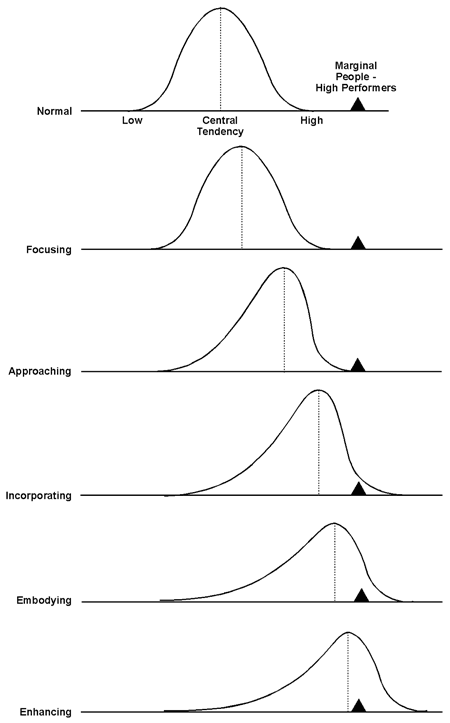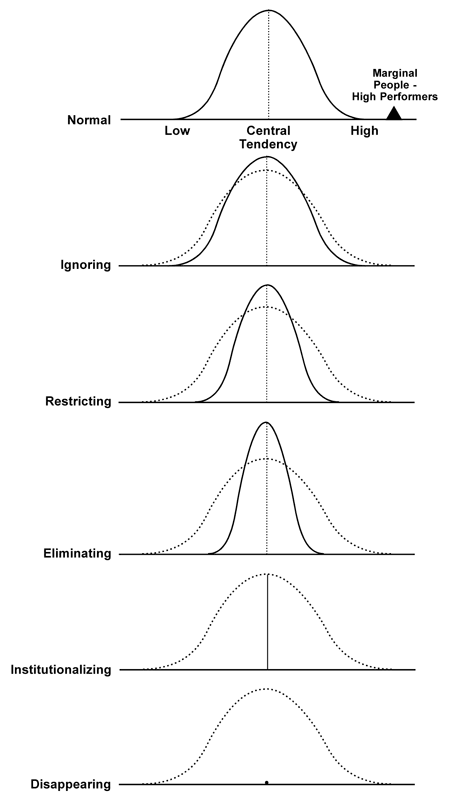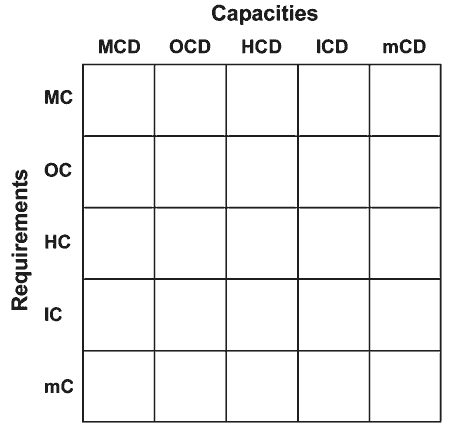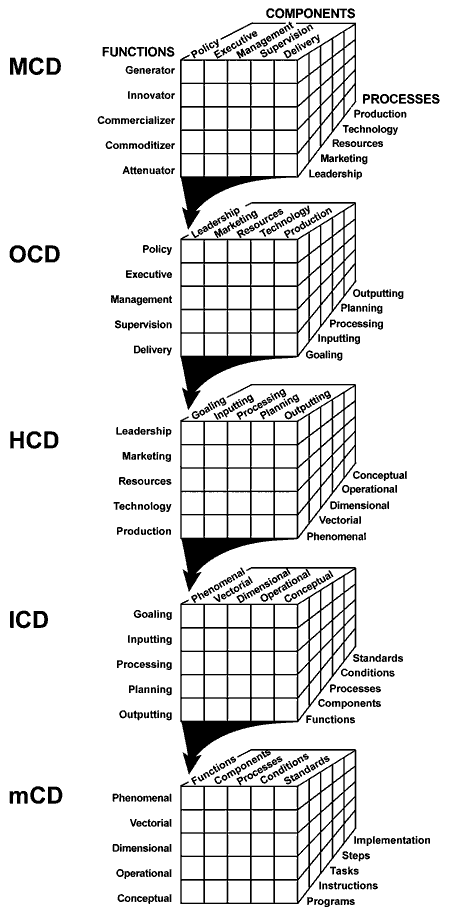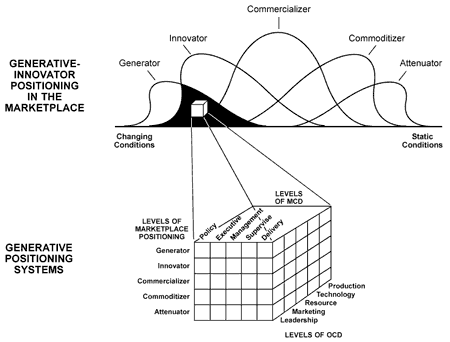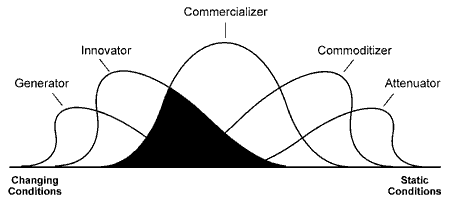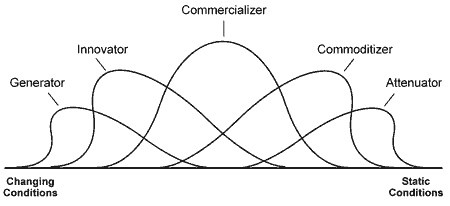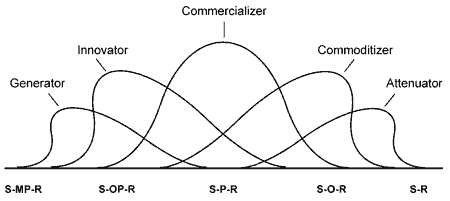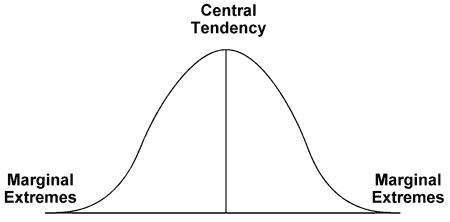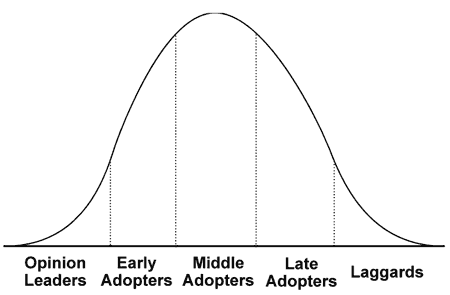The Generativity Solution:
The Prosperity Problem
January 1st, 2010
(From the preface of Saving America: The Generativity Solution.)
As I walked past my TV on the way to work, I saw our President addressing the White House Job Summit:
“…if there are things that we’re doing here in Washington that are inhibiting you, then we want to know about it.”
It is in the air! Not just our inability to create jobs! Not only the limits on our technological innovation! Not only the attenuation of our artificially-inflated Gross Domestic Product!
All of these problems are related to the relationship between economic freedom and entrepreneurial enterprise! Here is how it works:
Under conditions of elevated economic freedom, entrepreneurs and their companies generate the technological innovation that requires job creation and contributes to escalating levels of prosperity.
Noticeably absent from all explorations of “The Prosperity Problem” were representatives of the historic role of entrepreneurial enterprise in the generation of all prosperity. Here is how the economy and the entrepreneur work synergistically together:
The more economic freedom we give the entrepreneurs, the more they contribute to technological innovation, new job creation and, ultimately, Gross Domestic Product (GDP).
Under conditions of elevated economic freedom, then:
- Entrepreneurial enterprise generates as much as 80% of the scientific breakthroughs and technological innovations.
- Entrepreneurial enterprise generates as much as 80% of the new jobs in implementing the follow-throughs on the technological innovations.
Indeed, the strongest case can be made for entrepreneurial enterprise as the driving engine of the American economy. Under conditions of elevated economic freedom, then:
- Entrepreneurial enterprise generates as much as 50% of America’s GDP.
To be sure, an overwhelming case can be made for the prepotency of entrepreneurial enterprise over all other sources of economic growth:
- Entrepreneurial enterprise dwarfs the contributions of all governmental sources, including the presidency, congress, and the federal sector that they manage.
Yet these entrepreneurial businesses are exploited by the multinational corporations which track them and trap them, “making them offers they can’t refuse.”
Moreover, the entrepreneurs are passed over by the bureaucratic czars of the public sector who favor “sole-source contracts” with “soul-less contacts, giving orders they can’t follow.”
To be sure, not all entrepreneurs are generative, capable of creating scientific “break-throughs” and innovative technologies. By our estimates, no more than one in 100 entrepreneurs are currently generative; therefore somewhere around 50,000 people out of five million small businesses qualify as “generative entrepreneurs.” In business, they may be labeled as “process engineers,” capable of designing themselves and others out of their jobs. In government, they may be characterized as “social engineers,” capable of defining spaces and empowering people to fill them.
The point is this: the other 99 of us live, learn, and work in the “draft” of their sciences, empowered by the tools of their technologies, prospering through their intelligence, their perspectives, and their good will.
RRC
January 2010
McLean, Virginia

